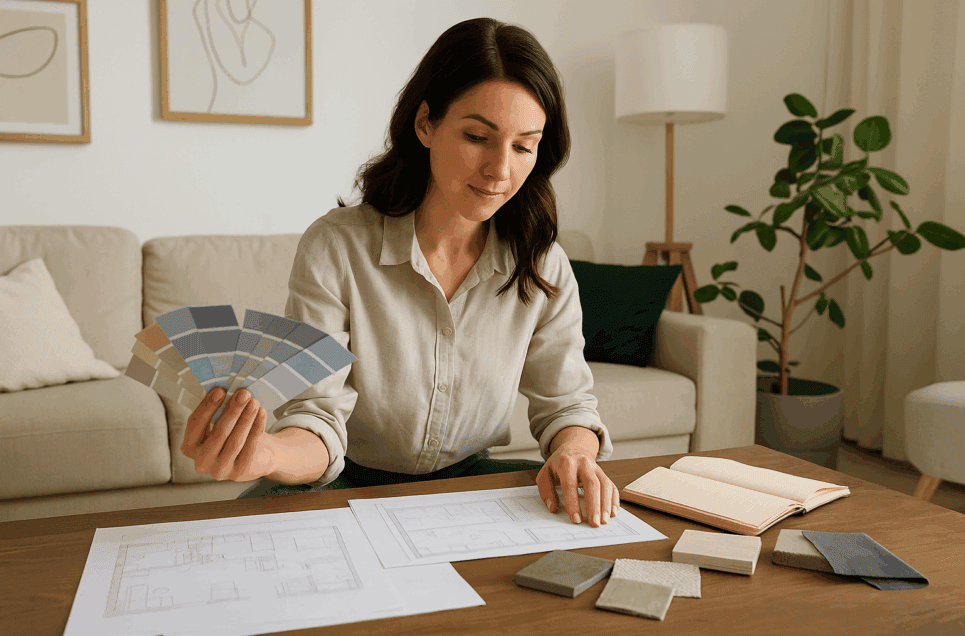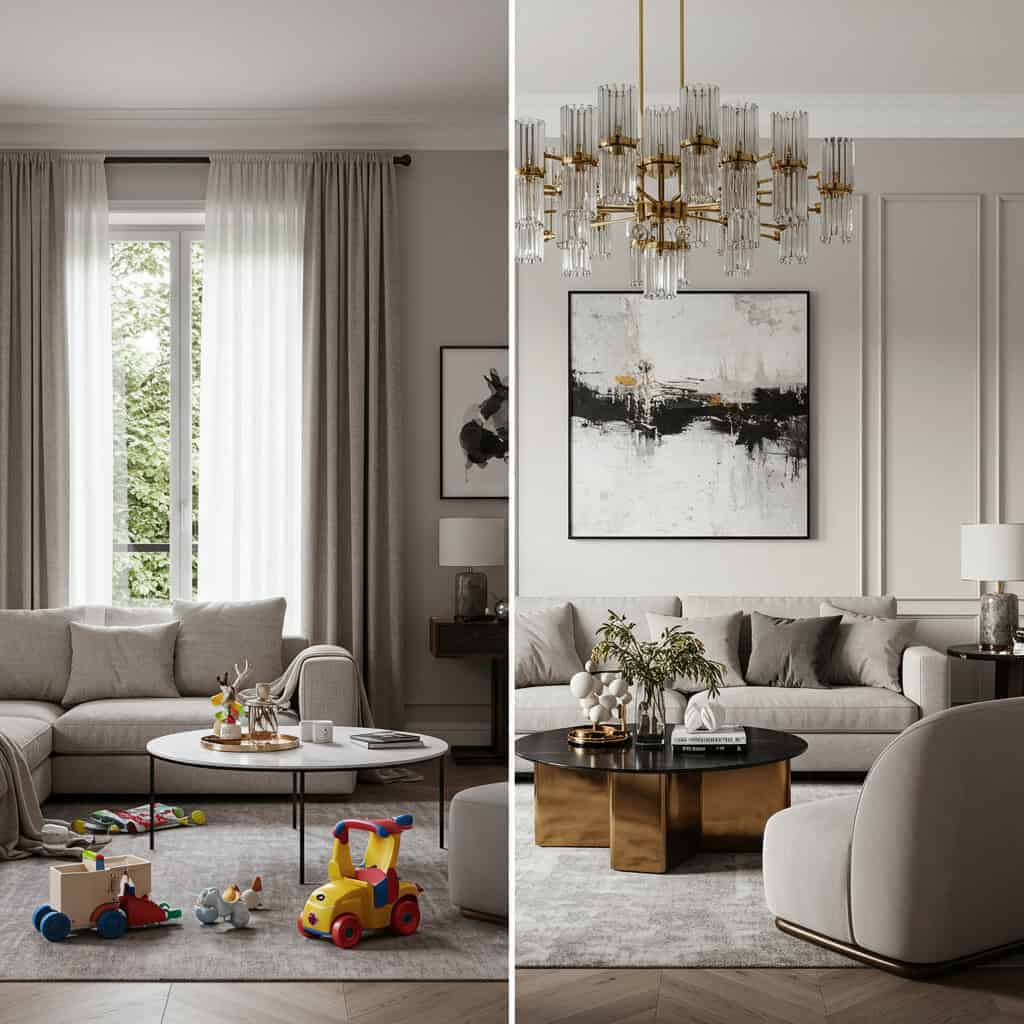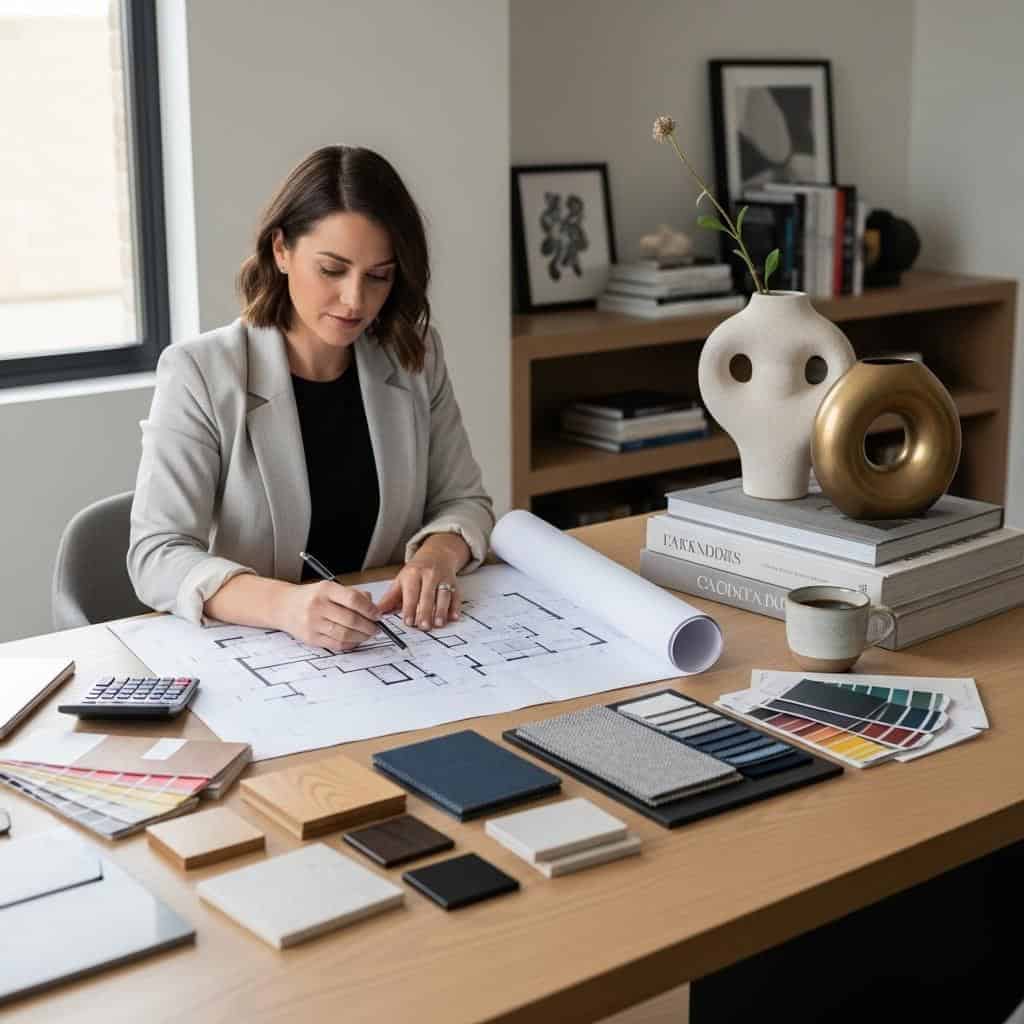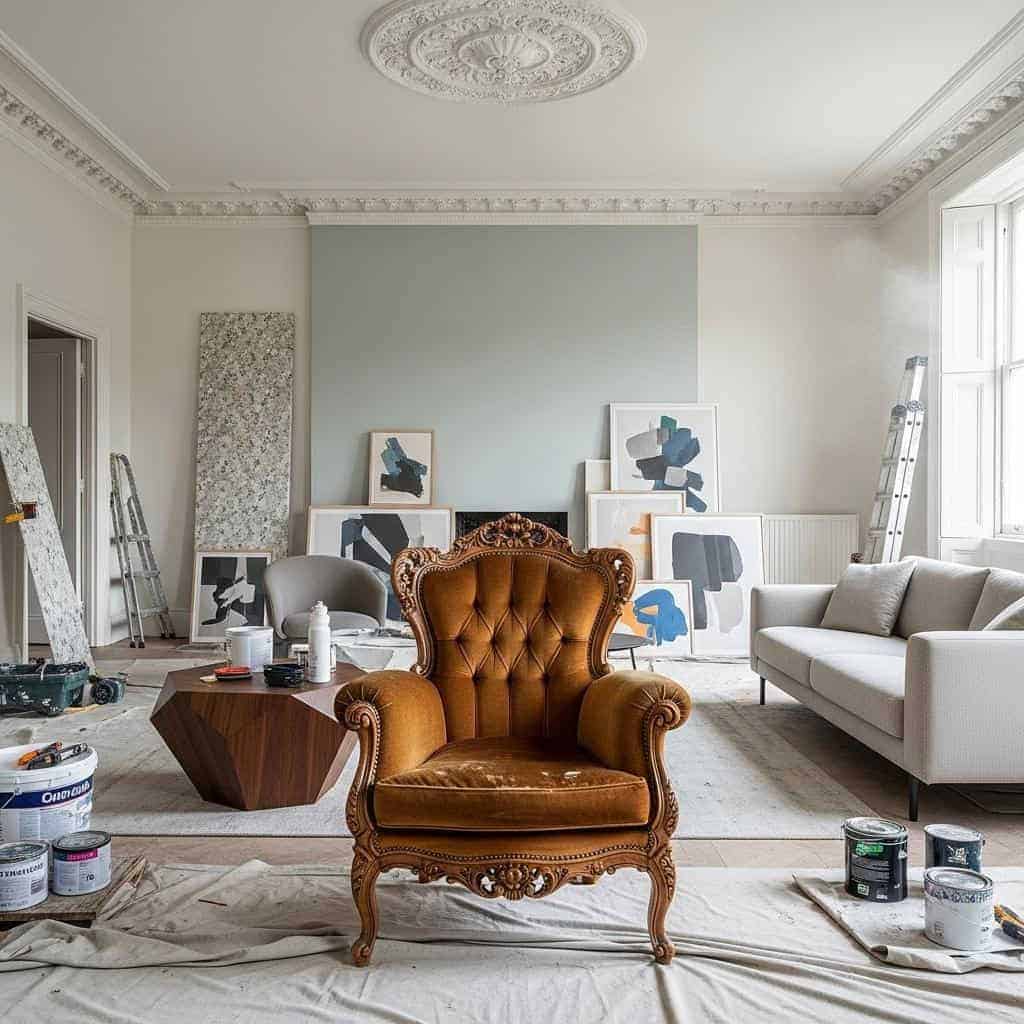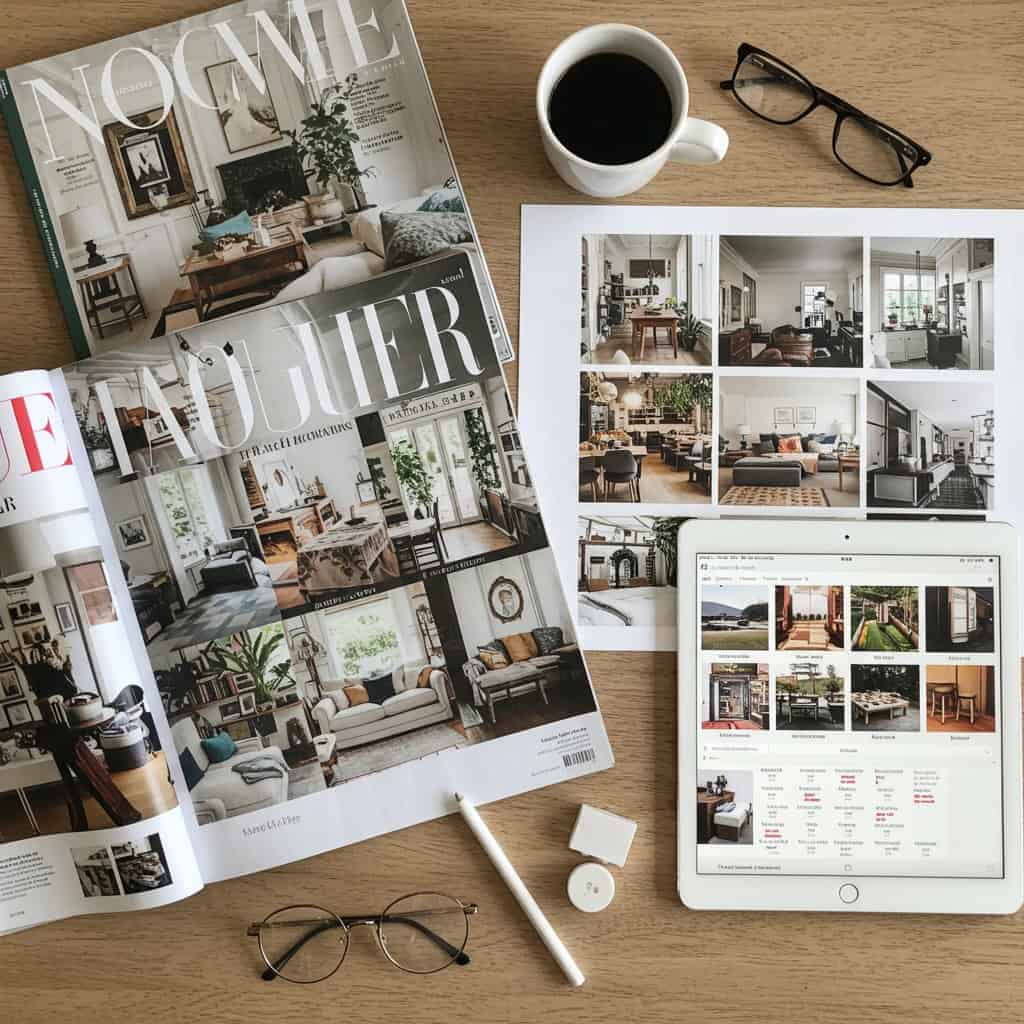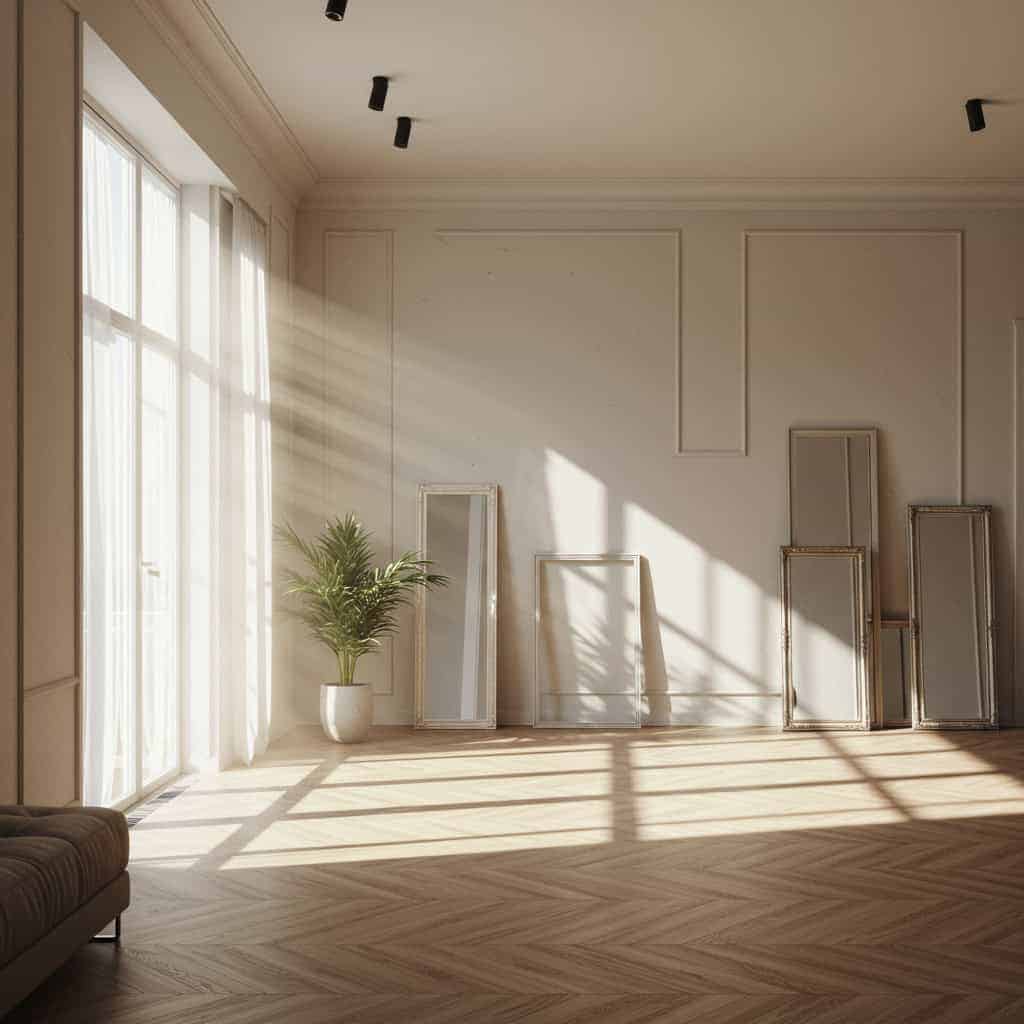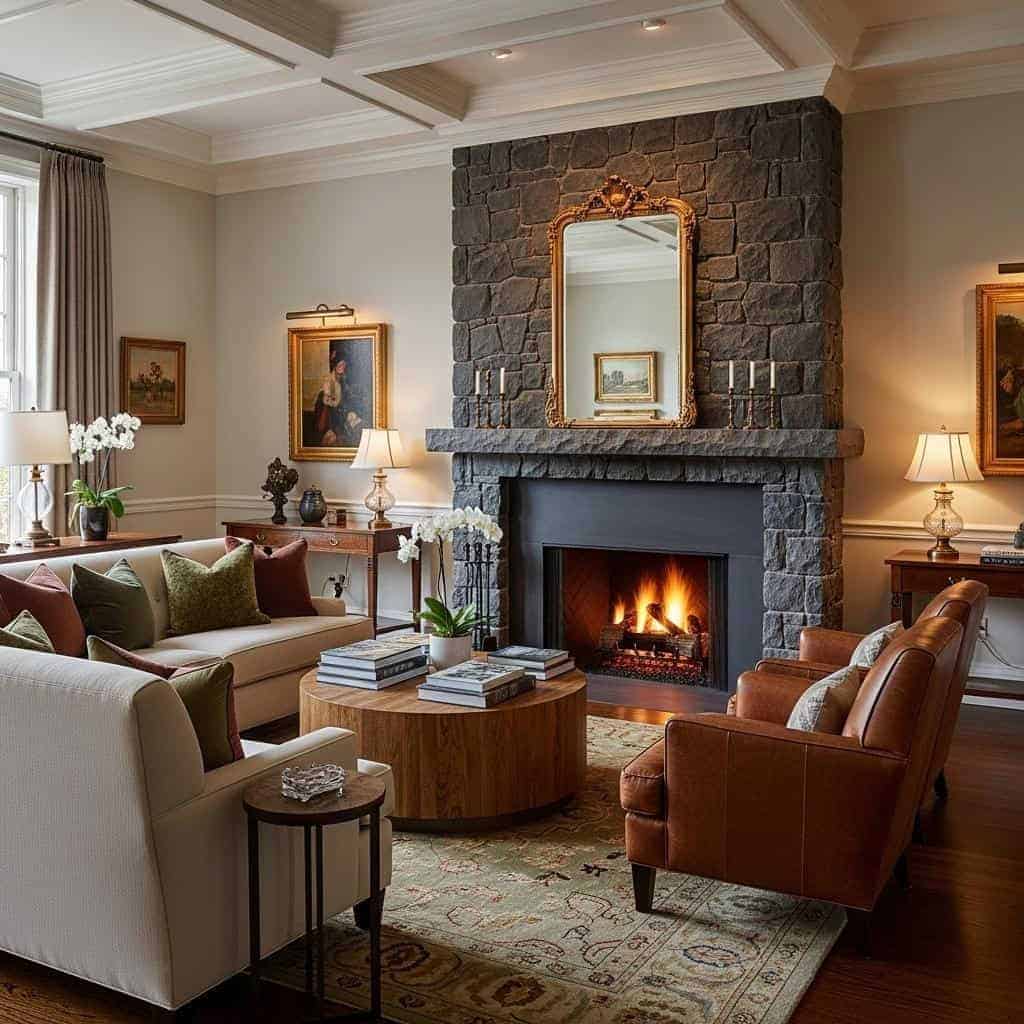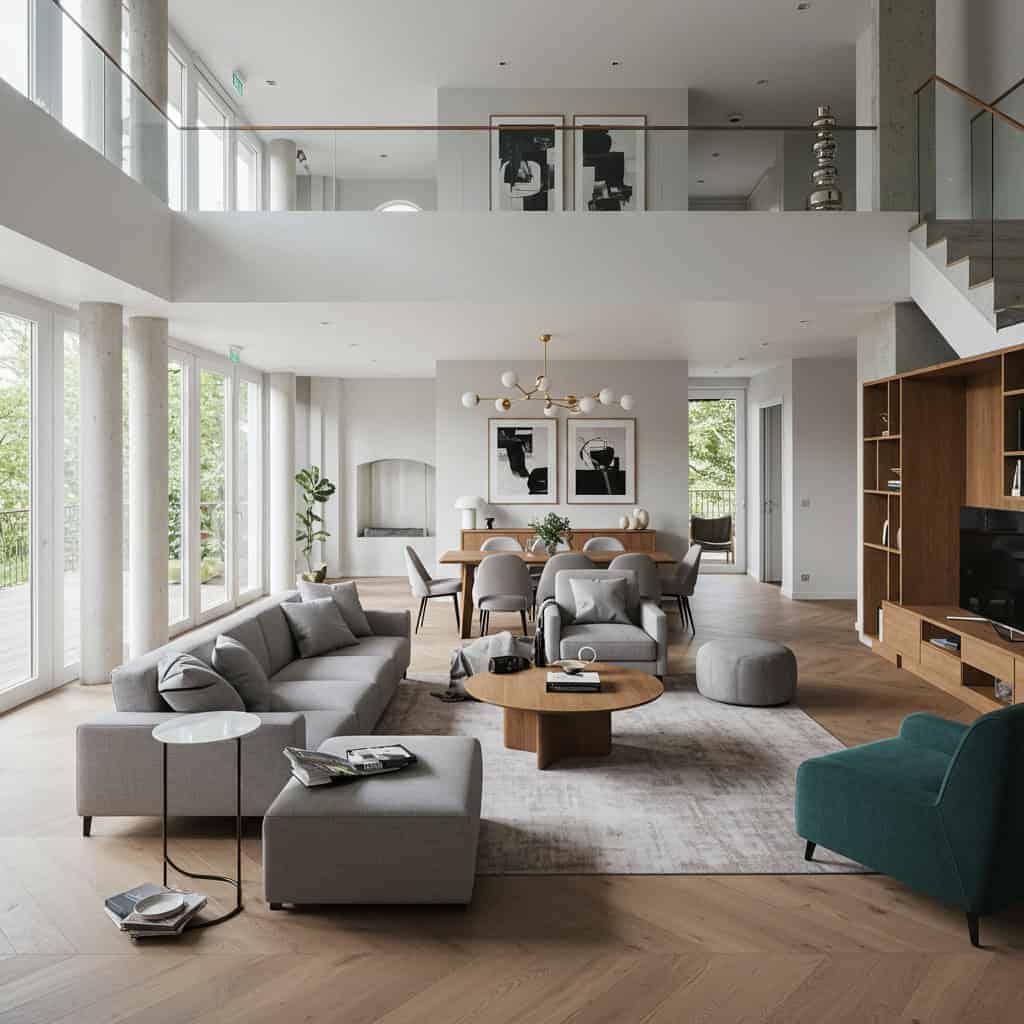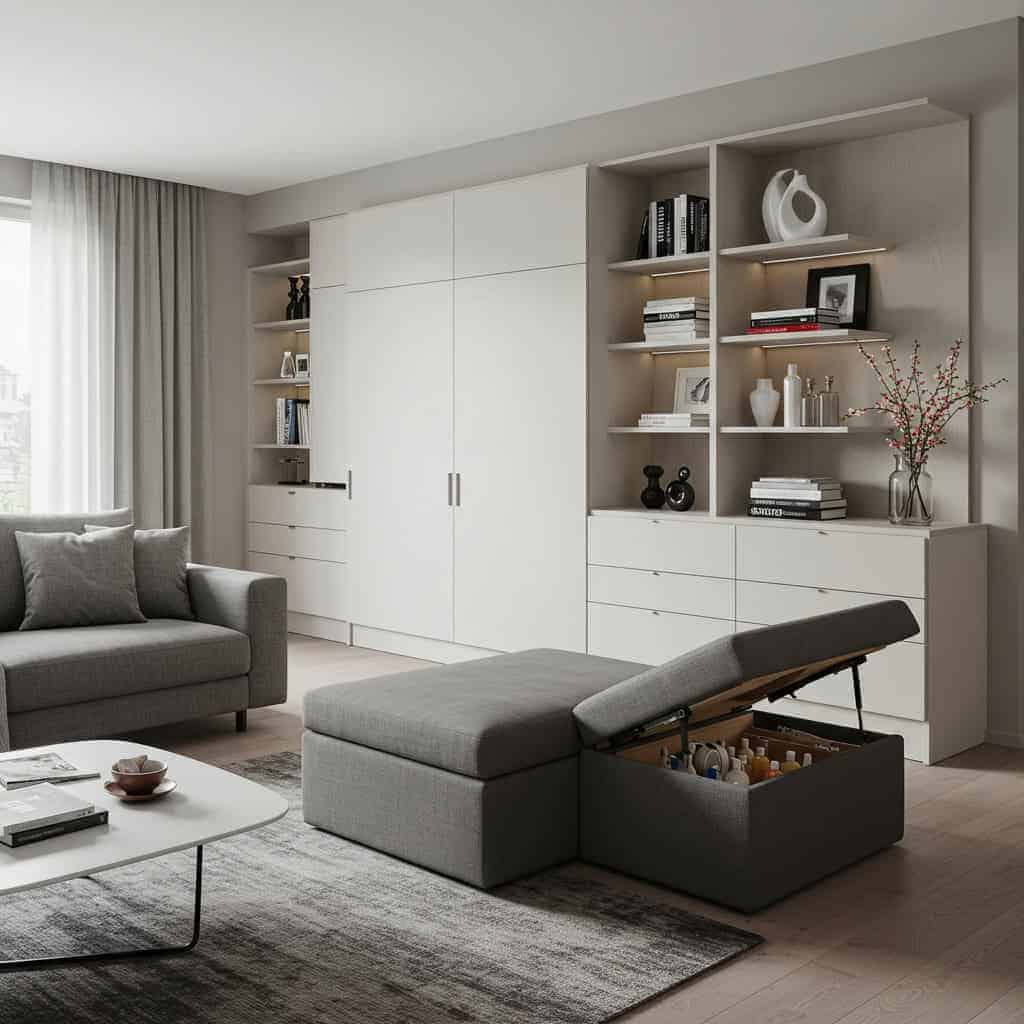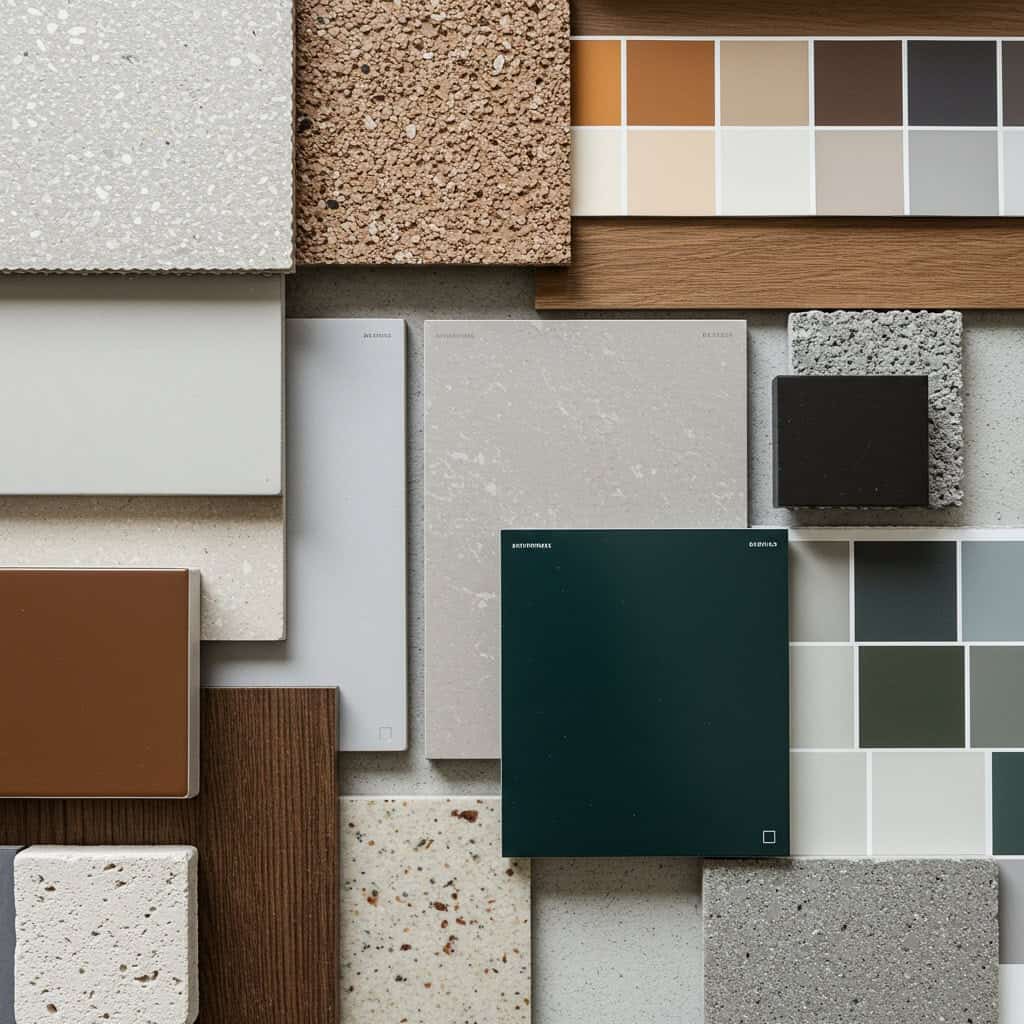Before any paint is chosen or furniture is moved, professional interior designers rely on a series of key questions to ensure a redecoration project’s success. These questions guide the process, helping to create spaces that are both beautiful and functional. By taking inspiration from the experts’ approach, you can transform your home with intention and clarity.

